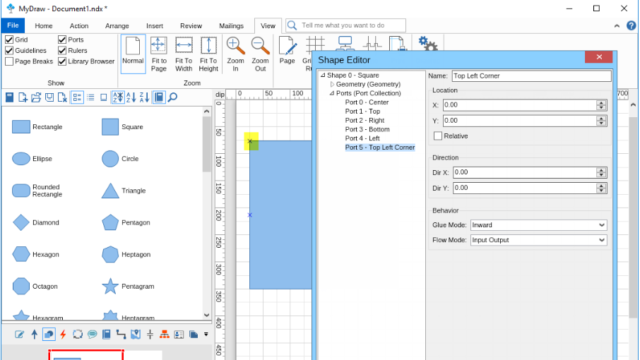
No matter what a chart or device (or expert) says, if you shoot best at a given draw length. your "proper" draw length is the draw length at which you are the most comfortable and the most accurate. There are a number of methods and devices commonly used to determine a "proper" draw length - few of which agree. What is a "proper" draw length? Ask ten different archery experts for advice about your draw length, and you're likely to get ten different answers.
#YOUTUBE.COM MYDRAW FULL#
So if you're still grunting and straining at full draw, you're trying to forcibly overdraw the bow (which can damage you and the bow). Most modern compounds take less than 20 lb.

Just after your bow achieves full let-off, you will feel the touchdown at "the wall." That's it. Draw your bow in a slow and controlled manner. Never attempt to forcibly overdraw a bow beyond the mechanical stop. A bow that's set for 29" draw cannot be drawn back to 30" or 31" without modifying the mechanical setup on the bow. Once you hit the stop, it's exceedingly difficult to pull the bow back any more (and you shouldn't try). Overdrawing the bow? On most compound bows, the mechanical stop at full draw is quite firm. You draw the bow back until you feel the mechanical stop - then you take aim - then you shoot! Easy. You'll know when you're at full draw it's quite obvious. You just know when the door is all the way open and when to stop pushing, right? Same with a bow. If you haven't shot a compound bow before, don't worry. You only shoot after you reach full draw. You should never attempt to shoot from the middle of the powerstroke. If a compound bow is set for a 29" draw length, for example, it should always be drawn back to a full 29" and then shot from that position. What is full draw? It's important to note that compound bows are designed to be shot only from the full-draw position - that is, with the bow drawn all the way back (until it stops). Determining draw length fitment begins with measuring the person (more on that in a moment) and then finding a bow which can adjust to fit that person - not the other way around.

So both YOU and the BOW have a draw length to match up. If your physical size requires a bow with a draw length setting of, say, 29 inches, then it can be said that "your draw length" is 29 inches. the mechanical setting of the bow and the physical size of the shooter need to match. This distance is known as the bow's "draw length" - and it's controlled by the mechanical systems on the bow.

Unlike traditional bows which can be drawn back practically any distance, compound bows are engineered to draw back only so far - and then stop. What is a draw length? Compound bows are a little different from traditional recurves and longbows.


 0 kommentar(er)
0 kommentar(er)
